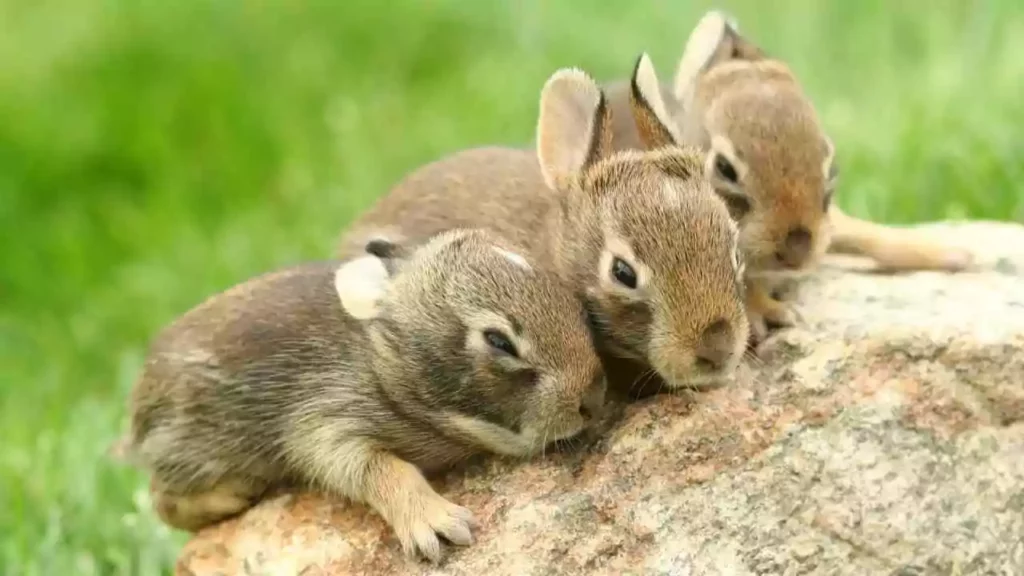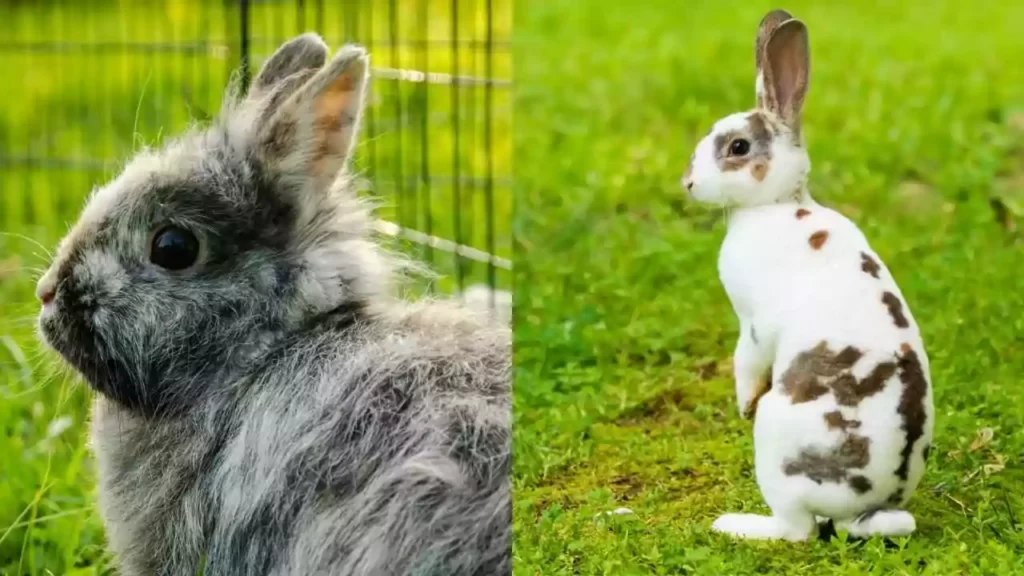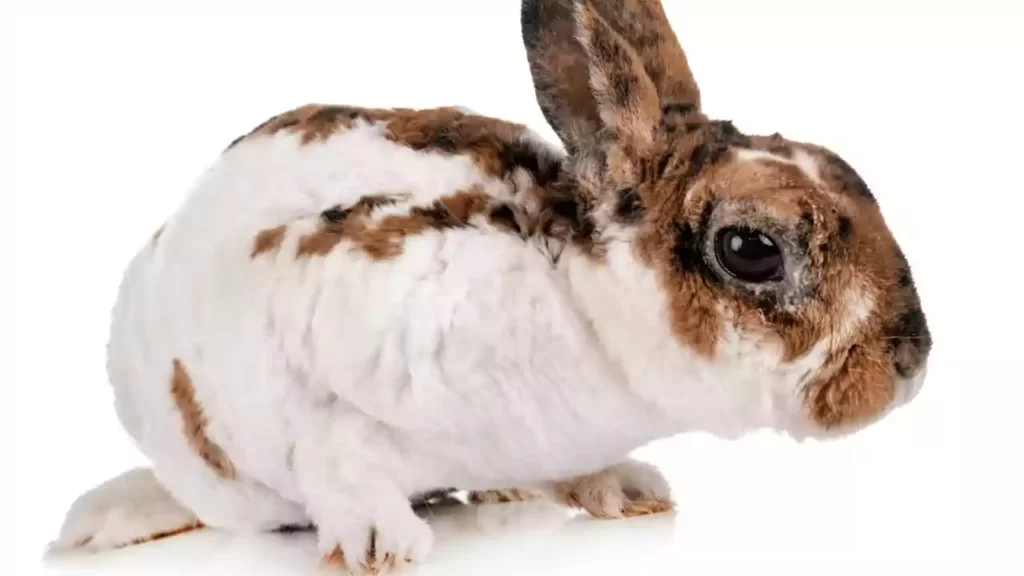Is your child demanding a pet rabbit desperately, and you are confused about the things involved?
Rabbits are adorable, cute, intelligent, and full of candid personalities. However, adopting a rabbit as a pet for your child comes with complete responsibility.
Before bringing a rabbit to your home, you should have basic knowledge about buying a healthy rabbit and how to develop a good interaction between your child and the newly arrived bunny.
In this blog, you will find the answers to your questions, ranging from buying a suitable rabbit for your child to its safe handling.
What Should I Look for When Buying a Rabbit for My Child?
- First things first, adopting a rabbit or any other animal has its own set of responsibilities. So, you have to help your child while taking care of his pet bunny.
- Select a healthy rabbit for your child. Be prudent and considerate about a rabbit’s health; it can prevent you from many frustrations in the future.
- Rabbits love company. You should buy two rabbits to prevent them from loneliness.
- The body of the rabbit should be firm and also check for any swelling or injury.
- The hair coat should be clean without bald patches. Bald patches and ruffled hair coats can be due to ectoparasites.
- The nose and eyes of the rabbit should be bright and clean without any discharge and scabs.
- A healthy rabbit will always be active, alert, and inquisitive.
- Look for the cage of the rabbits. The presence of dull & depressed rabbits indicates the chances of disease.
- Buy the rabbits where they are separated in different cages as males and females. It will not only help you to make a pair but also avoid buying a pregnant female.
- Manage a spacious home for the new family member.
7 Best Rabbit Breeds for Children
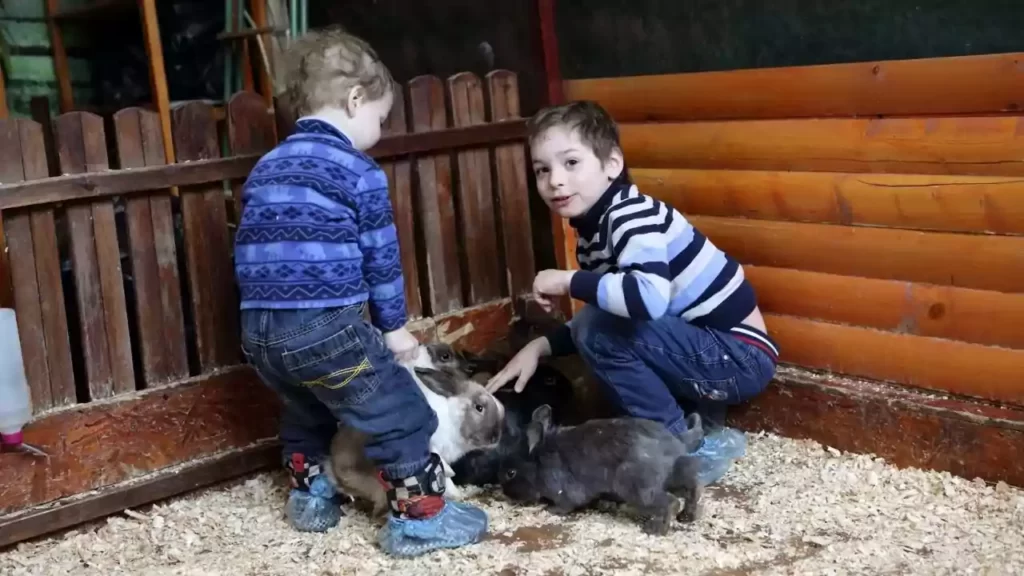
You have decided to make the rabbit part of your family, and it is fun and exciting to choose a suitable bunny breed. Different rabbit breeds have unique personality traits like Harlequins are intelligent, Himalayans are very calm, and Mini Lops are Adorable.
To help your selection, here are the seven best rabbit breeds for children as pets with their brief characteristics.
1. Harlequin Rabbit – 6.5 to 09 lb – 5 to 8 years
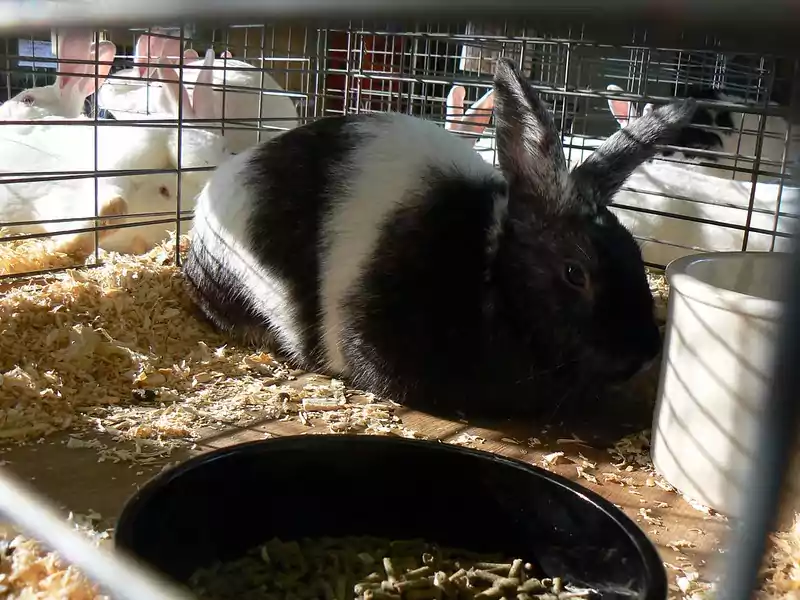
Harlequin is a colorful rabbit breed that originated from Europe. This rabbit breed is recognized for its special color pattern and body markings and is thus mostly liked by children. The head of the Harlequin rabbit is usually broader than that of other rabbit breeds. Children usually find Harlequins very playful and hopping around them.
| Personality: | They have a docile and curious nature and can be trained for litter boxes and tricks. |
| Color: | Striped bodies with mixed black, yellow, and orange coloration. |
| Body: | Harlequins usually have medium size bodies. |
| Weight: | Their weights range from 6.5 pounds to 09 pounds, and doe (female rabbit) will be slightly heavier than a buck (male rabbit). |
| Lifespan: | 5 to 8 years |
| Price: | Average price of a Harlequin Rabbit is 40 USD. |
2. Lionhead Rabbit – 2.5 to 4 lb – 7 to 9 years
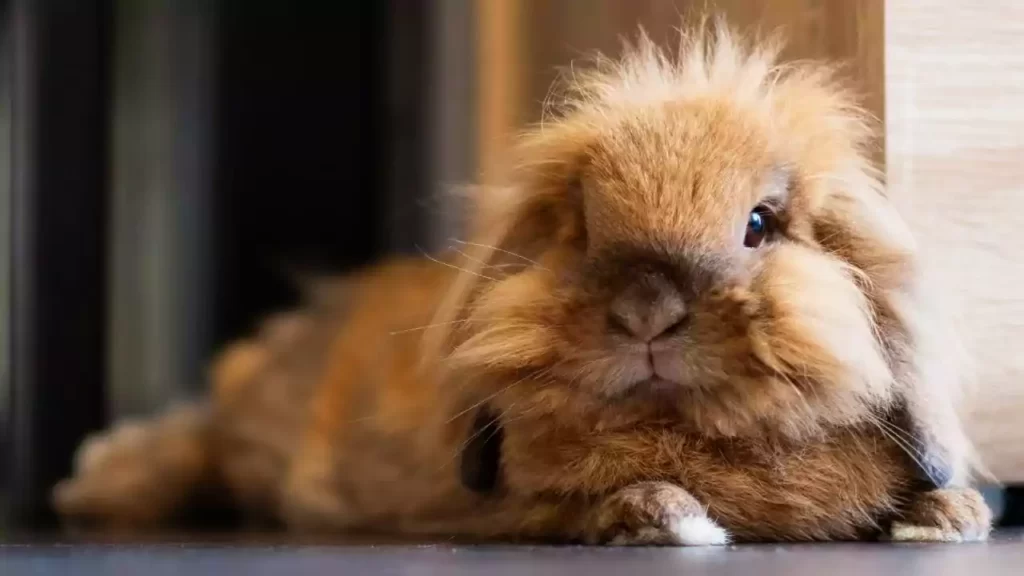
Lionhead is a very adorable rabbit breed and children can’t resist their cute faces. Due to the presence of mane around the neck, head, and ears, the name Lionhead is given. Single maned Lionhead has little or no mane around the head as compared to double maned. This breed was originated in France and Belgium and recognized by the British rabbit council in 2002. They can be litter trained and comprehend your orders like come, eat and sit.
| Personality: | Lionhead rabbits are very smart and have a well-mannered personality. |
| Color: | They are available in chocolate, blue, lilac, and black shades. |
| Body: | They have dwarf compact bodies with upright heads and 2 to 3” long ears. |
| Weight: | The weight of a lionhead rabbit is from 2.5 to 4 pounds. |
| Lifespan: | 7 to 9 years |
| Price: | Average price of a Lionhead rabbit is 50 USD |
3. Dutch Rabbit – 4 to 5 lb – 5 to 8 years
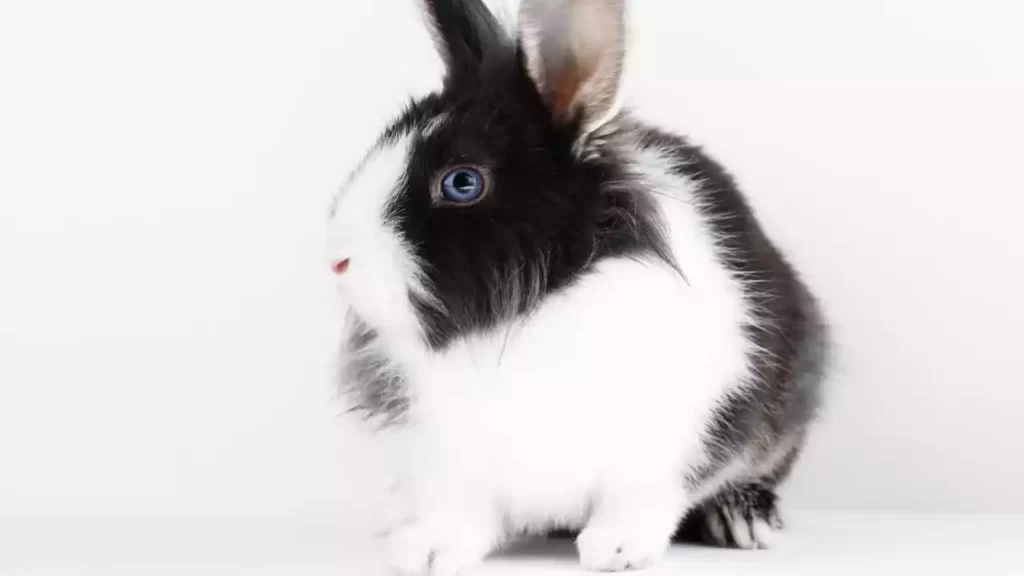
Dutch Rabbit breed originated from the Netherlands. It is the most liked pet rabbit breed, and most of the children end up with Dutch rabbits when they buy their bunny. To keep the boredom away, Dutch rabbits need the company of your child or a lot of toys. Due to its playful nature, it needs a lot of attention. So, building a bond with a Dutch rabbit needs no time.
| Personality: | They are docile, intelligent, and need to live in a stimulating environment. |
| Color: | Most commonly, Dutch rabbits are white with gray, black, or chocolate patches. |
| Body: | Dutch rabbit is a medium-sized breed. |
| Weight: | They weigh between 4 and 5 pounds. |
| Lifespan: | 5 to 8 years. |
| Price: | Average price of a Dutch Rabbit is 30 USD. |
4. Chinchilla Rabbit – up to 5 lb – 5 to 10 years
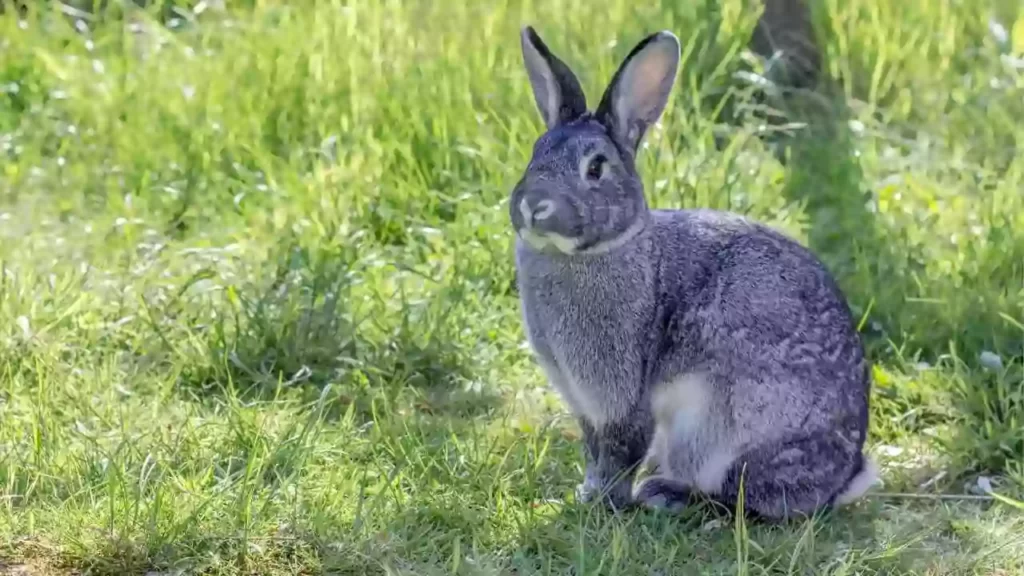
Chinchilla rabbit is also one of the best pet rabbit breeds for children. The name is given due to its resemblance with chinchilla. Around America, it was one of the most bred rabbit breeds in 1900 for its meat and fur, but after world war-II, the popularity of the Chinchilla rabbit severely decreased.
| Personality: | Chinchillas have a mild, friendly, and comfortable temperament. |
| Color: | Most of them are found in gray color or mixed white and black coloration. |
| Body: | They have compact bodies with an upright cylindrical head and long ears. |
| Weight: | Standard Chinchilla weighs up to 05 pounds, and American Chinchilla Weigh Up to 12 pounds. |
| Lifespan: | 5 to 10 years |
| Price: | Average price of a standard Chinchilla Rabbit is 50 USD. |
5. Sussex Rabbit – 6 to 8 lb – up to 08 years
Sussex is becoming a trendy pet rabbit breed named after its county of origin. As a newly introduced rabbit breed, it has gained great popularity in a short time. Sussex rabbit is used to be very child-friendly with a gentle and calm temperament.
| Personality: | They have very docile, affectionate, and mischievous personalities. |
| Color: | Sussex rabbits have red to golden color with medium-sized compact bodies. |
| Body: | Sussex rabbits have medium-sized bodies. |
| Weight: | The weight of Sussex is usually from 6 to 8 pounds. |
| Lifespan: | Sussex rabbits have a lifespan up to 08 years. |
| Price: | The average price of a Sussex rabbit is $40. |
6. Mini Lop Rabbit – 5.5 lb – 7 to 11 years

An adorable rabbit breed with floppy ears and a cute outlook. Their smaller-sized bodies make them easy to manage my children. Along with their smaller size and beautiful outlook. It is one of the dwarf rabbit breeds and compatible with living in the form of pairs.
| Personality: | They have an amiable and docile nature. |
| Color: | They come in many colors, from fawn to black. |
| Body: | Mini Lop has smaller compact bodies. |
| Weight: | Ideal weight of Mini Lop is 5.5 pounds. |
| Lifespan: | 7 to 11 years |
| Price: | A pet Mini Lop can be bought from 40 to 100 USD. |
7. Himalayan Rabbit – 2.5 to 3.5 lb – up to 12 years
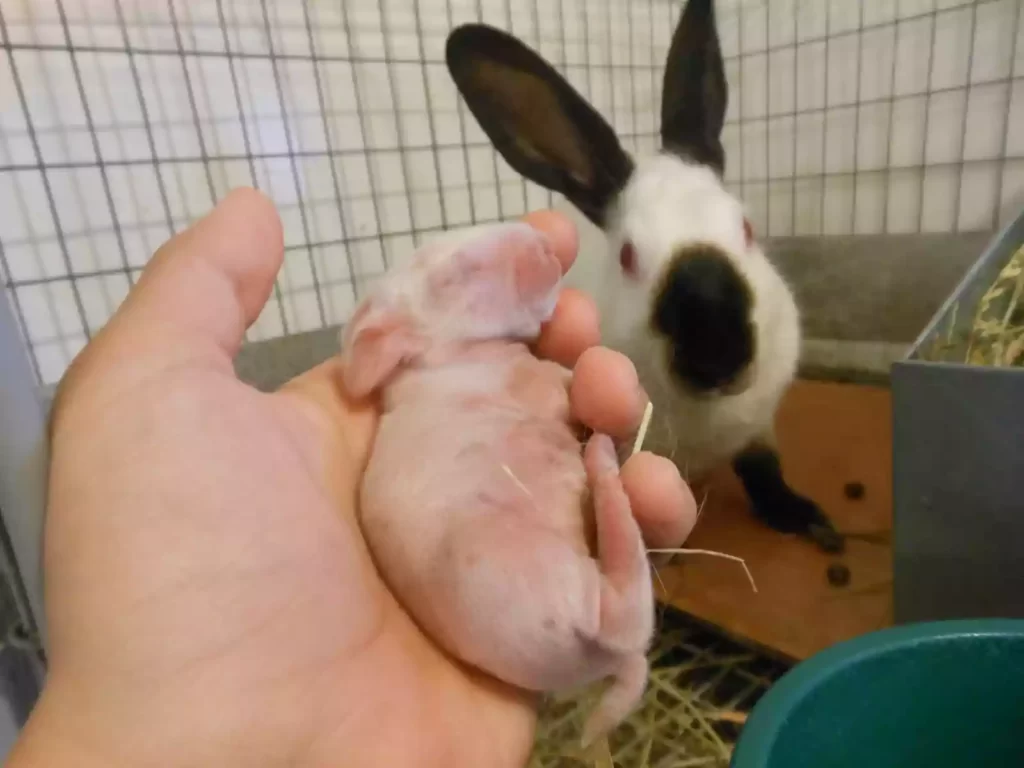
The oldest rabbit breed originated from far-east areas. Himalayan Rabbits are gentle, patient, and intelligent. A distinguishing feature of this breed is that in the coldest environment Himalayans tend to change their coat color to black. They are a good pet choice for families with young and old children.
| Personality: | Himalayan is one of the calmest and child-friendly rabbit breeds. |
| Color: | Himalayans have a white color with black, brown, or lilac markings on the head, nose, and feet. |
| Body: | It is the only breed with cylindrical bodies and is mostly raised for show purposes. |
| Weight: | They weigh from 2.5 to 3.5 Pounds. |
| Lifespan: | When kept in good conditions, the Himalayans can live up to 12 years. |
| Price: | The average price of a Himalayan rabbit is 30 USD. |
Pros of having a pet Rabbit for your child
- Rabbits are super adorable to fascinate your child. How someone can resist a tuft of wool between floppy ears, wide bright eyes, and wobbling face!
- Most rabbit breeds have a lifespan from 8 to 10 years. So they can accompany your child for a long time.
- Rabbit is a better choice than a cat and dog to develop a sense of responsibility in your child.
- Rabbits are much diversified in their personalities and outlook. So your children have a plethora of choices to choose from.
- Bunnies don’t need much space to live. If you have a small yard and a room, it will be enough for a bunny too.
Cons of having a pet Rabbit for your child
- Rabbits are sensitive to hot and cold environments. So if you are living in harsh environmental areas, it can be problematic for rabbits.
- Bunnies need a lot of cleanup work. If not cleaned regularly, their pellets may accumulate and sting the cage in few days. So your child may not individually handle it and need your physical support.
- Most of the time, you will find rabbits browsing and chewing their feed items and soft clothes, construction material, or electric wires. The only way to prevent this is by providing plenty of soft toys.
- Rabbits need the company of humans or other fellow animals. They can become aggressive in loneliness. So try to keep them in a pair if your child can’t afford to accompany most of the day.
- Rabbits are prey animals, so preventing them from wild and other pet animals will also be your responsibility.
How to introduce a Bunny to a Child?
- Inform your child beforehand about the arrival of the bunny.
- Encourage the child to know about the basics of rabbit care and temperament.
- Initially, introduce your child while the bunny is in the cage.
- Avoid them being over-excited about picking up the rabbit.
How to teach a Child to Safely Handle Rabbits?
- Use some treats or fruits to seek the interest of the rabbit.
- Initially, allow the child to pat on the back of the rabbit but not to pick her up.
- Teach the child to seek the attention of the bunny and how to pat her gently.
- Teach the child to treat the bunny gently to avoid bites and scratches.
FAQs
Here are some frequently asked questions about rabbits for children.
Which breed of rabbit is most child-friendly?
Mini Lop is the most child-friendly rabbit breed. From adorable looks to calm temperament, it is the best choice for you if you buy the first pet for your child.
Best breed of rabbit for 6-year-old
Sussex, Himalayan, Dutch, Chinchilla, and Harlequin are some best rabbit breeds for your six-year-old child.
Should I get my 9-year-old a bunny?
Rabbits are very sociable and seek the interest of children. However, they can also bite or scratch when getting frightened. So, rabbit is a good choice for a 9-year-old child until there is also adult supervision.
Do female rabbits have periods?
Female rabbits don’t menstruate or have periods. Rabbits are induced ovulators and doe ovulates only after mating. So if you see bleeding, that may be due to some other reasons like bladder stones.
What is the best age to buy a rabbit?
You should buy a rabbit when he is 08 weeks old because it is the age when a rabbit is fully weaned from his mother and starts eating solid food.
Is it better to have a male or female rabbit?
Both male and female rabbits are affectionate, however; males are more outgoing. If you’re going to own a male rabbit, it’s better to neuter it to avoid his territorial markings with urine.
What Should I Do if My Rabbit Bites My Child?
Wash the wound with lukewarm water.
Rinse it with an available disinfectant or soap.
Dry it and apply clean plastic.
Get medical advice from your doctor.
Final Words – Which rabbit is best for your child?
There are several rabbit breeds that you can choose as the first pet for your child. Like, Dutch rabbit, Mini Lop, Himalayan, Lionhead, and Harlequin are some pet rabbit breeds. Consider the health, age, and gender of the bunny before buying.
Teach your child about gentle handling and treatment with animals and gradually prepare her to take responsibility. Adult supervision is necessary for the safe and healthy interaction between the rabbit and your child.
SmallPetsX.Com does not provide veterinary advice. Our aim to help small pet owners understand their pets a little better so that they can provide their pets with the life they deserve. All content is therefore for informational purposes only. If you're concerned about the health of your pet you should seek medical advice from a vet.


